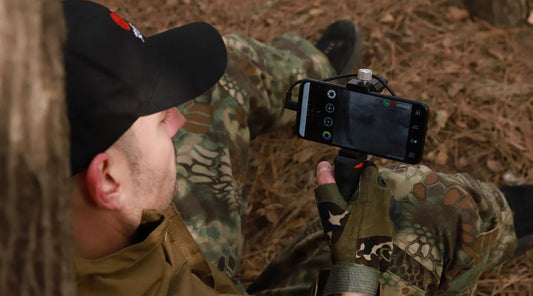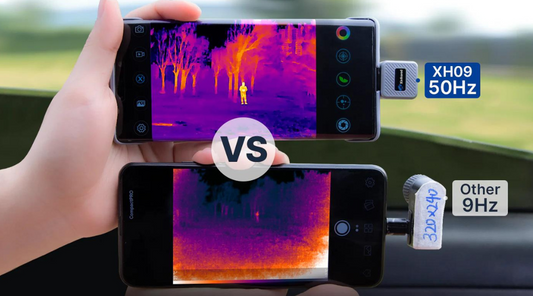Thermal Imaging Cameras in Everyday Life: Real-World Uses
Thermal imaging cameras are relatively limited in their application due to their high price and large size, and have now become an integral part of our everyday lives. These sophisticated devices utilize infrared radiation to create images that depict heat differences in their surroundings. Their importance is evident in a wide range of applications, from home improvement to medical diagnostics. In this article, we'll delve into the real-world uses of thermal imaging cameras and how they impact various aspects of our daily routines.
Home and Personal Applications
One of the most practical applications of thermal cameras lies in our homes. These devices have revolutionized energy efficiency assessments by identifying insulation gaps, leaks, and drafts that can lead to heat loss. By pinpointing these issues, homeowners can make targeted improvements, reducing energy consumption and utility costs. Additionally, thermal cameras enhance home security. They enable the detection of intruders in low-light conditions, offering an added layer of protection.
Beyond energy and security, thermal cameras have proven to be invaluable in locating lost pets and individuals. Search and rescue operations are made more efficient, especially at night, when traditional search methods might falter. The technology's ability to detect body heat signatures enables responders to quickly locate missing persons or animals in challenging environments.

Industrial and Commercial Uses
In the industrial and commercial sectors, thermal imaging cameras play a crucial role in preventive maintenance. By identifying overheating machinery and components, these cameras help prevent costly breakdowns and production disruptions. Predictive maintenance strategies, informed by thermal data, ensure that maintenance tasks are carried out precisely when needed, optimizing efficiency.
Moreover, thermal imaging cameras are indispensable for inspecting electrical systems. They can identify faulty connections and components that might pose fire hazards. This early detection not only prevents accidents but also contributes to the overall safety of workers and facilities. In the construction field, these cameras aid in building diagnostics, enabling engineers to assess structural integrity and monitor the curing of concrete and the effectiveness of insulation.
Even the veterinary sector benefits from thermal imaging cameras. They are used to detect health issues in animals and monitor the condition of livestock. By identifying abnormal temperature patterns, veterinarians can quickly intervene and provide appropriate treatment.

Environmental and Outdoor Uses
In the great outdoors, thermal imaging cameras are a boon for wildlife observation and conservation efforts. Researchers can track animal behavior and migration patterns with greater precision, contributing to a deeper understanding of ecosystems. These cameras also serve as invaluable tools in firefighting and emergency response scenarios. By identifying hotspots in wildfires, responders can focus their efforts on containment and extinguishing, saving lives, and protecting natural resources.

Future Trends and Innovations
Looking ahead, several trends and innovations are shaping the future of thermal imaging cameras. Miniaturization and increased portability are making these devices more accessible to a wider range of users. Integration with artificial intelligence and automation is enhancing their capabilities, allowing for real-time analysis and decision-making. Additionally, the expansion of smartphone-compatible thermal cameras is democratizing access to thermal imaging technology. Advancements in image resolution and accuracy are also on the horizon, ensuring that the visual data provided by thermal imaging cameras becomes even more reliable and useful across various applications.





